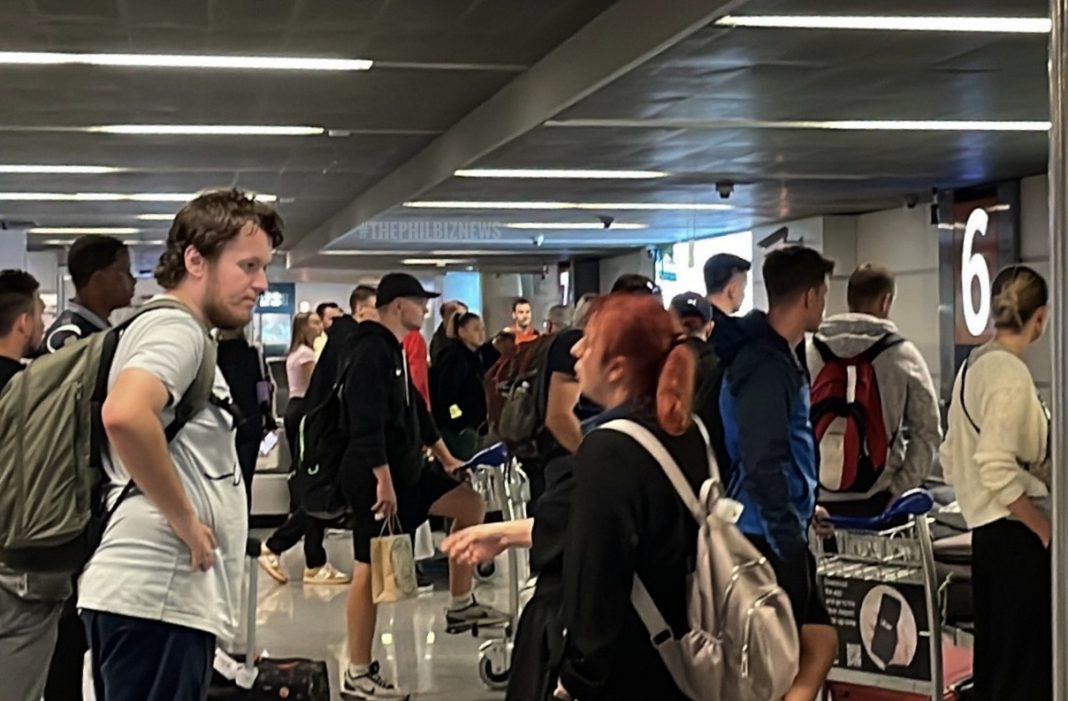(THEPHILBIZNEWS File Photo)
Tourism Segment Road to Resurgence of Tourism Sector in the Philippines The third quarter of 2023 revealed a promising outlook on the Philippine tourism sector, with the number of international tourist arrivals reaching 4,038,379 as of September 30. This places the Department of Tourism (DOT) at an impressive 84% of its 4.8 million international tourist arrivals target for 2023. Despite substantial recovery from key source countries like South Korea, the United States of America (USA), and Australia, the Philippines is yet to reclaim more than 50% of its 2019 tourist numbers from Japan and China.
China’s relatively low recovery rate can be attributed to multiple factors, including limited international flight capacity, which currently operates at only 50% of its pre-pandemic levels. Additionally, extended approval times for travel visas, soaring unemployment rates among Chinese youth at 21.3%, a sluggish economy, and strained political relations with the Philippines have all contributed to this. Meanwhile, the reduced number of Japanese tourists in the YTD 2023 can be linked to a 32-year low for the Japanese Yen (falling below 150 per USD), lingering concerns over COVID-19 cases, and a surge in domestic travel in Japan, driven by government subsidies for domestic accommodations.
To sustain the growth in the Philippine tourism industry, there’s a pressing need for greater private sector investment in additional hotel accommodations. Initiating these investments within the next year is critical to fortify international tourism beyond 2027. Currently, a development pipeline is in place, with nearly 15,000 new hotel rooms expected to be delivered within the next five years, primarily concentrated in Metro Manila. Moreover, additional hotel projects are anticipated to be announced in the coming months or years, aligning with the Department of Tourism’s (DOT’s) target of 12 million international arrivals for 2028. The development of hotels in key cities such as Cebu, Clark, Davao, Bohol, and Palawan highlights the pivotal role of international airports in driving demand for hotel accommodations.
The establishment of the Bohol–Panglao International Airport in 2018, coupled with the installation of night instrumentation in 2019, have significantly boosted tourist arrivals in Panglao. In 2019, Panglao reached an impressive 1,581,904 visitors, coming close to Boracay’s 2,034,599 arrivals during the same period. Given these promising figures, it’s becoming increasingly likely that Panglao Island could surpass Boracay Island as the Philippines’ premier tourism destination.
Alfred Lay, Director for Hotel, Tourism, and Leisure at Leechiu Property Consultants, highlighted a key advantage of Panglao over Boracay: its larger size and capacity limits. He also pointed out the ongoing developments in Panglao, including the proposed 50-hectare Panglao Shores project, the upcoming JW Marriott hotel, the Cebu-Bohol bridge, and large-scale energy initiatives designed to meet Bohol’s growing energy demands. These developments have had a significant impact on land values, with Alona Beachfront properties now priced at approximately 80k to 120k per square meter, approaching the land values in Boracay’s white beach area.
Overall, 2024 is anticipated to be the year in which broad indicators in the global tourism industry (e.g. tourist arrivals, flight capacity, and hotel occupancy rates) finally recover to pre-pandemic levels. Industry stakeholders should look out for certain trends that can greatly impact the Philippines in the coming year, including the relaxation of visa restrictions, persistent high airfares driven by escalating aviation fuel costs, ongoing inflation, a high-interest rate environment that may leave consumers with diminished purchasing power, and the return of business travel and MICE (Meetings, Incentives, Conferences, and Exhibitions) events.














